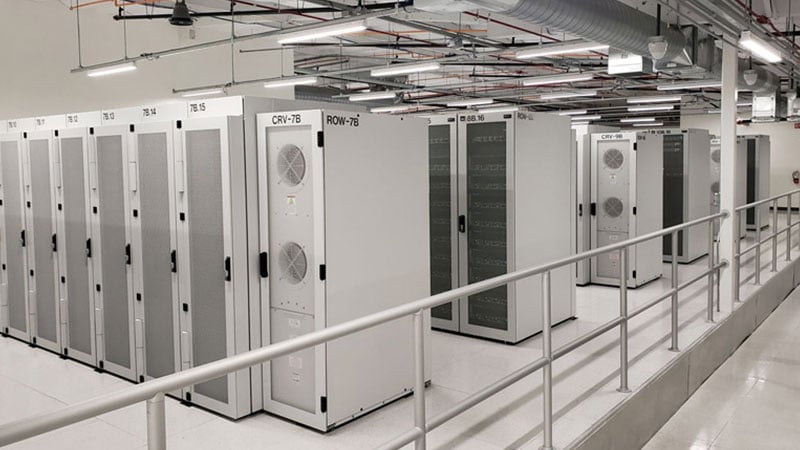As computers moved away from the monolithic mainframe to the use of distributed systems with smaller individual servers, the utilization of the IT rack greatly changed as well.
New generations of high-density servers and networking equipment have increased rack densities and overall facility power requirements. Power density per rack averages 7-8 kW today and is expected to rise.
While large scale IT operations such as colocation facilities and cloud installations may have different rack requirements than edge of network or enterprise applications, the rack enclosure is still the backbone of the information technology infrastructure.
Rack systems are strategic assets that play a key role in system uptime and data center availability and reliability. They can be counted on to be flexible and adaptive to accommodate rapid change. IT racks are designed for flexibility and ease of cable routing that contributes to time efficiency and productivity increases. They are, in short, a vital component of any data center.
Learn more about modern IT racks in this white paper including:
- Rack Types and Architecture
- IT Rack Decision Criteria
- Rack Density
- The Rack Purchasing Process




